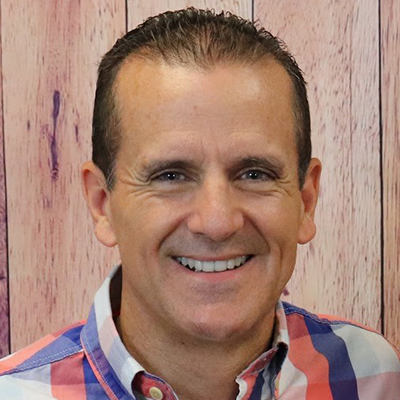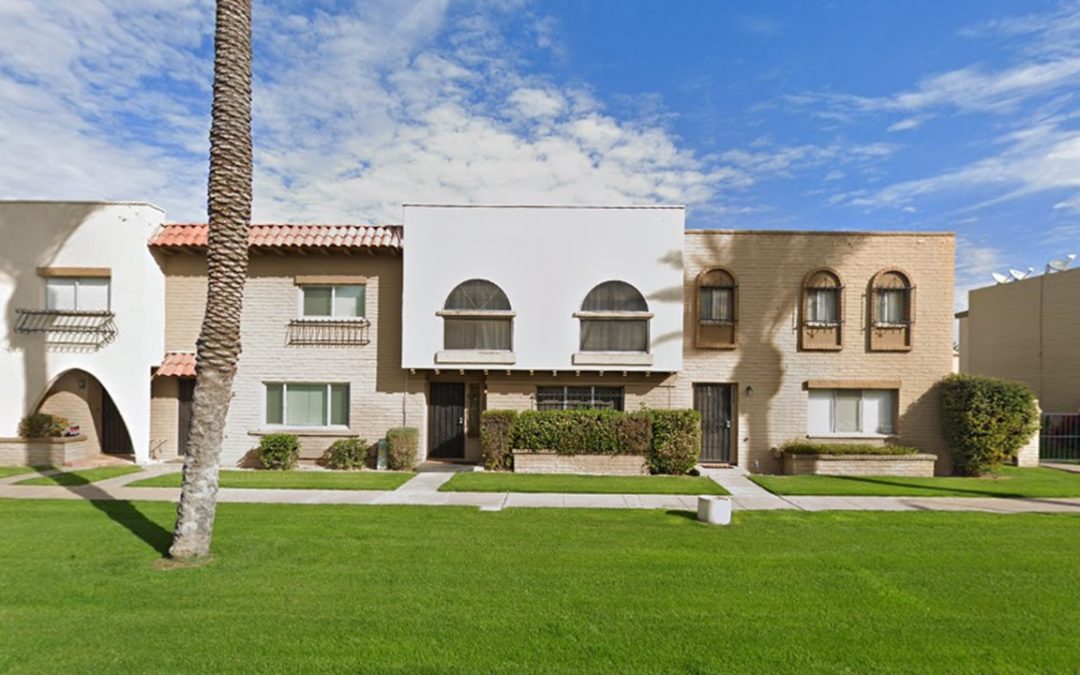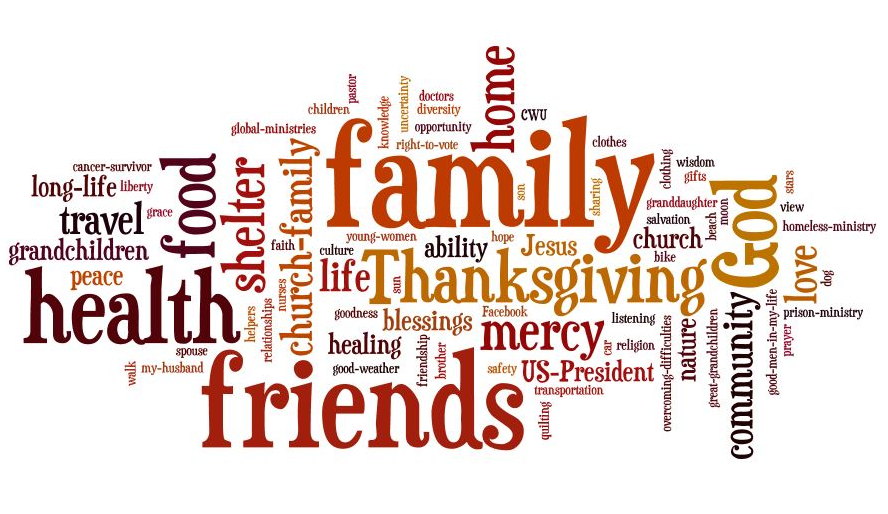
by Gary Reinecke | Dec 24, 2020 | Disciplemaking |
Being clear on your “WHY” is imperative when your vision is to cultivate a multi-ethnic ministry! For almost a decade I’ve worked with Russ Siders as his coach as he has led Sunrise Community Church, a multi-ethnic church. Today the ethnic breakdown is as follows:
- 40% Anglo
- 45% Hispanic (both English and Spanish speakers)
- 15% African American and other ethnicities
Here is what he shared about his “Why.”
…the call to foster multicultural communities is rooted in something deeper than current social trends. For me, the story of the Antioch Church in Acts 11 is instructive and inspiring. You have a community of disciples started by Greek speaking Jews, but reaching into every stratus of the society, to Jews and Gentiles, to free and slave, to those with power and those with none. And it is there, as the gospel is lived out in this context, that Acts 11:26 says the disciples were first called Christians, “little Christ-ones.” This name supposedly came from outside the movement, and while it may at first have been a pejorative term, it was, if nothing else, a recognition that something unique was happening, something that could only be accomplished by the power of Jesus, the one whom Ephesians 2 says is our peace, destroying the dividing wall of hostility.
Russ Siders – Lead Pastor, Sunrise Community Church
- I am collaborating with Russ to discuss some of his learnings from 20+ years of multi-ethnic ministry in a FaceBook LIVE event on Tuesday, January 19, 2021 @ 9am PST/noon EST. We will build on some of the information shared here. Hope you can join us!
Finally, I asked Martin Mora, who serves alongside Russ Siders as the Worship Arts Director at Sunrise Community Church in Tulare, CA – why he believes multi-ethnic ministry is vital to the work he does at Sunrise and the broader region in his denomination. Martin is an exceptional leader who seamlessly crosses cultures and has years of experience in multi-ethnic ministry. Watch and listen to Martin as he explains his “Why” – CLICK HERE.
Next week we will address the second question: How will you create a culture of diversity?

by Gary Reinecke | Dec 23, 2020 | Uncategorized |
“The Lord bless you and keep you;
the Lord make his face shine on you and be gracious to you;
the Lord turn his face toward you and give you peace.”
Numbers 6:24-26
Imagine a world that has a local church in every community where apprentices of Jesus are living out their faith in every aspect of their lives. More than ever we need the Church to be the Church! I love the following quote by Timothy Keller that encompasses the reason why InFocus exists:
New church planting is the only way that we can be sure we are going to increase the number of believers in a city and one of the best ways to renew the whole Body of Christ.
I have the absolute privilege to work with amazing leaders who are striving to make the world a better place. May this Christmas season be a reminder of the baby that was born in a manger to transform humanity. May the Prince of Peace rule our world, our communities and our hearts!

by Gary Reinecke | Dec 11, 2020 | Uncategorized |
One of the best experiences of my life was our decision to move out of our apartment and into a townhouse in a multi-ethnic community in the downtown area of Phoenix, AZ. That’s our humble abode above with the arched windows on the second floor. Our neighbors were from South America, Europe and Asia. It was not the safest neighborhood but we called it home from 1996-2008. We created some amazing memories. We started our family there, we built deep relationships with our neighbors and we saw God do some pretty cool things.
We did not do this to be trendy, popular or politically correct. We lived in a multi-ethnic community for 12 years because we believed God cares for the disenfranchised!
I remember one night when an explosion rocked our townhouse, lit up the sky and rumbled through our home like an earthquake. Gina and I grabbed our two children who were fast asleep in their bedrooms in the front of the house and quickly brought them into our room until the firetrucks arrived with the other support vehicles. Apparently someone had triggered an explosion in a car that was sitting on the curb within a football field’s distance of our townhouse. Once we were safe I went out to explore the wreckage under the moon-lit sky and glow of the street-lights. Bits of metal, plastic and assorted car parts were scattered everywhere Nothing gets your attention quite like a car bomb!
We re-evaluated our purpose for moving into the community.
We assessed our motives again after a break-in and attempted rape of our neighbor at gun-point, 2 doors down to the left of our home. And again when we discovered the proliferation of sex offenders, drug activity and suspicious behavior from people we would observe as they made their way through our complex.
Despite that, we built high-trust relationships with people living on the fringes of society, one-step away from moving up in society or falling through the cracks. Fact is, most of our neighbors still live in that place.
Over the next three blogs I will do a deep dive into each of the following questions with the intent to give context to the discourse around multi-ethnic ministry. I will be the first to admit that I am not an expert. Just a person with a heart for people far from God, experience building authentic relationship with our neighbors and perhaps some lessons learned that I can pass-on.
Here are the 3 questions I will address related to multi-ethnic church planting and ministry:
- What is your “why”?
- How will you create a culture of diversity?
- What is your leadership development strategy?
I do hope you will participate in the conversation below. Let me ask you that first question another way: Why is it important to break down the walls in your community that separate you ethnically, socially and economically?
Look forward to reading your response to continue the conversation.

by Gary Reinecke | Nov 29, 2020 | Uncategorized |
Back in 1988 when I entered my first church staff position I accepted a challenging assignment. I had just graduated from seminary having been part of a church plant that was reaching 18-25 year-olds in So Cal(ifornia). Typically, this is that stage of life when young adults are wanting answers to life’s question and the last place most young adults want to look for those answers is the local church. Most churches in America are confronted with the challenge when students begin to drop-out of church. New Song Church was one of the first churches to make an impression in the conscience of young adults at that time. However, that experience did little to prepare me for what was next in my development.
Let me step back a bit. In the summer of 1987 I interned at a church in the downtown center of Phoenix, AZ. Today, downtown Phoenix is thriving. It is full of life, lot’s of cool restaurants, parks and thriving churches of all varieties (from missional/incarnational communities to classic churches that most of us experienced in our growing-up years) within walking distance of the capital.
When I first arrived in the summer of 1987, it was the exact opposite. The blueprint for the future painted the picture of what it has become today. Following graduation in 1988 I raised my financial support and made my way to Phoenix. For 7 years I labored in a difficult part of the city: crime, homelessness and drugs were commonplace. In short, I was hired to “grow” a dying congregation. I was naive enough to think I could partner with God to do something special in that place. Initially it was just me but later, another pastoral staff person, Gayle Parker and I joined forces on this adventure. We envisioned a multi-ethnic, multi-socio and multi-economic community that would be birthed from within the existing congregation, in effect, a church within a church. What we learned could fill an entire year of blogs. Since then I have coached many leaders who have variations of the same vision and have learned some of the do’s and don’ts of multi-ethnic ministry;robust a and continue to learn more and more each passing year. To save you from reading a year’s worth of blogs on my experience, let me share three questions to consider if you are planting, or becoming a multi-ethnic church.
- What is your “why”?
- This is first because it is most important. Thousands, or at least hundreds of pages have been written on the how-to’s of multi-ethnic ministry but few, in my estimation, have done sound and robust theological reflection to unpack “why” churches need to move beyond their particular ethnic bent or affinity group. Right now it is clear the church needs to play an important part in the mission of Jesus to demonstrate how people can live alongside each other, build authentic relationships and break down the walls that separate us. I remember the conversations we had as a leadership team around the “why” of our vision for being “multi”. We were not attempting this bold vision to be inclusive because it was trendy, popular or politically correct – we were dong it because God cares; therefore, we too must care! Until this is clear in the mind of the leadership, anchored in the heart and clearly communicated in a compelling and engaging style – you will have difficulty convincing anyone!
- Suggested Resource: Reading While Black by Esau McCaulley
- How will you create a culture of diversity?
- Back when we were planting a “church within a church” we learned that one of the most important statements we needed to make was to have a diverse leadership team. I would suggest that it is much, much easier to do at the very start of the church planting process than to move an existing church in this direction. If you don’t have that luxury than as soon as you are able, bring people into leadership that you are wanting to reach that are under-represented in your congregation. Our goal was to make a place at the table for people that were very different than the majority of the existing congregation and us – and more representative of the community we were called to reach.
- Suggested Resource: Ethnic Blends by Mark Deymaz
- What is your leadership development strategy?
- Developing leaders from the Harvest for the Harvest is a clever way to say, “developing leaders beginning with people who are not currently in your church – starting with the newest disciple”. However you state it your team must have a clear path for disciplemaking and leader development. It can’t be too complex. It must be clear, focused on character formation and skill development. The formal name of this strategy is a Leadership Farm System.
- Suggested Resource: Leadership Collective for Multi-Ethnic Leaders launches March 7-9, 2021
The end of the story is kind of cool. That church eventually went through the predictable life cycle of any church. The overhead of managing the facility was too expensive for the congregation we had planted so in 2009 they decided to sale the property to the congregation mentioned below and with the proceeds, purchased a warehouse they converted to a worship and community center. Unfortunately, a poor financial decision led to it’s demise. However, the building that we once inhabited is now host to a thriving, multi-site, Hillsong campus – CLICK HERE. Four years ago I was in town and fortunate enough to visit with my wife Gina. I am thankful to see the work that was started in 2008 had come to fruition.

by Gary Reinecke | Nov 20, 2020 | Uncategorized |
Praying you and your family have a safe and blessed Thanksgiving!
“The Lord bless you
and keep you;
the Lord make his face shine on you
and be gracious to you;
the Lord turn his face toward you
and give you peace.”
Numbers 6:24-26
Thank you for your continued dedication to:
-
make more and better disciples
-
create environments to train leaders
-
plant healthy churches that reproduce
Imagine a world that had a local church in every community where apprentices of Jesus were living out their faith in every aspect of their lives. I love the following quote by Timothy Keller that encompasses the reason why InFocus exists:
New church planting is the only way that we can be sure we are going to increase the number of believers in a city and one of the best ways to renew the whole Body of Christ.
I have the absolute privilege to work with amazing leaders who are striving to make the world a better place!




